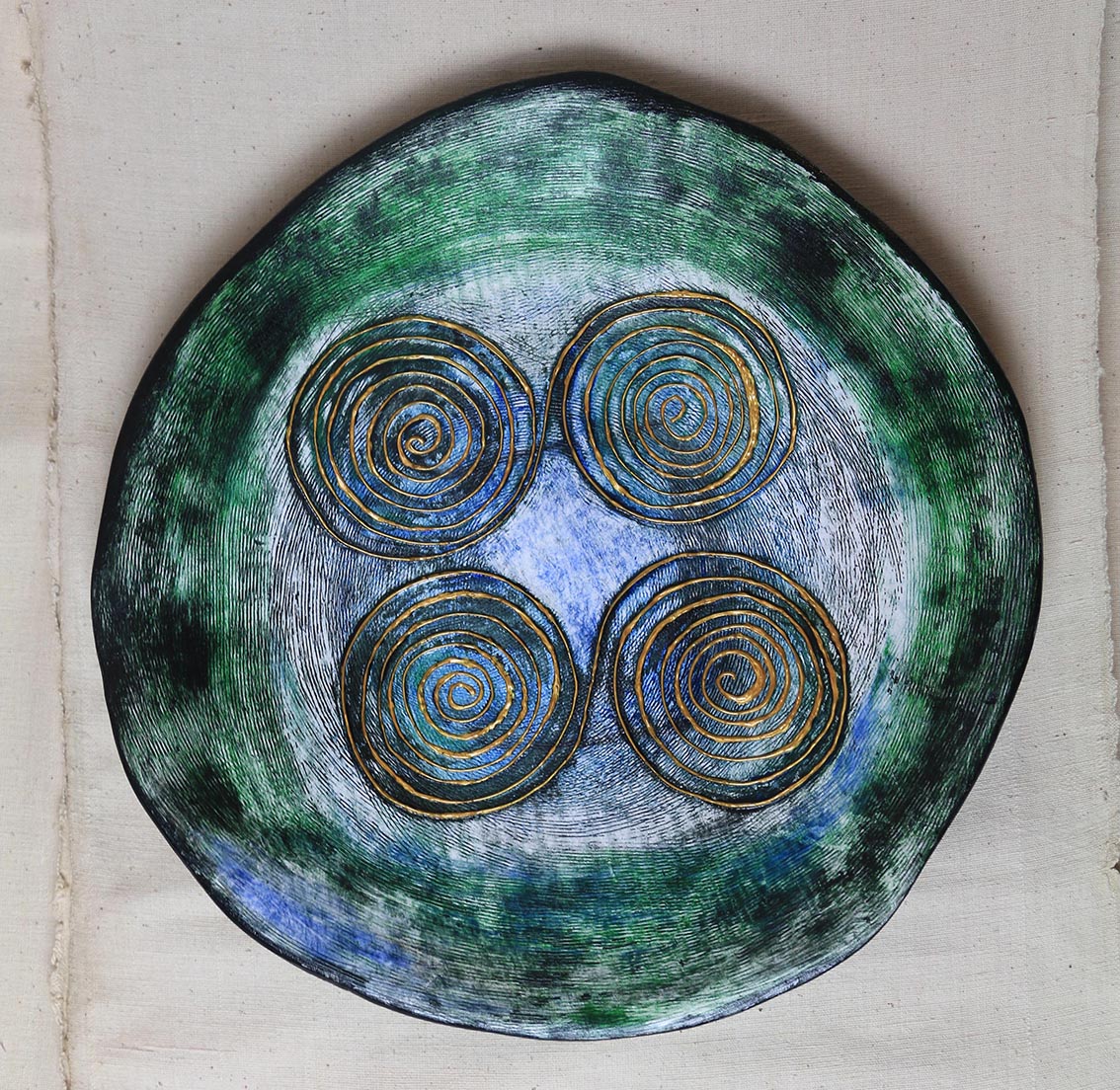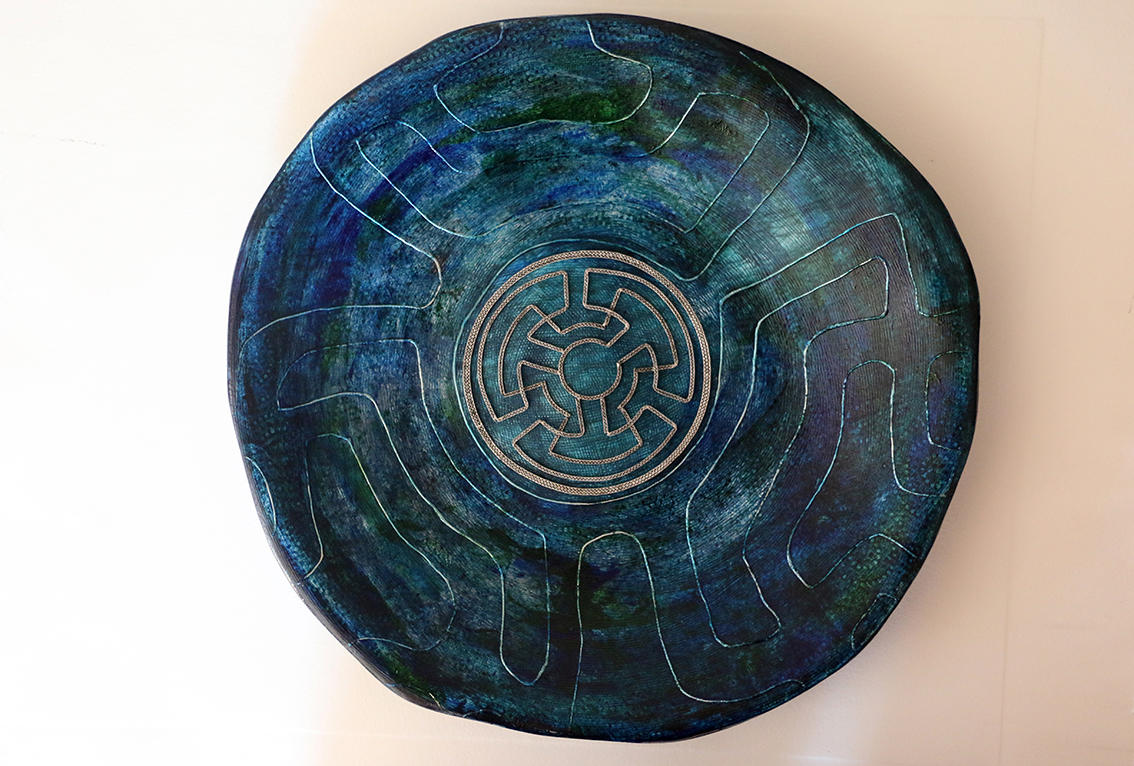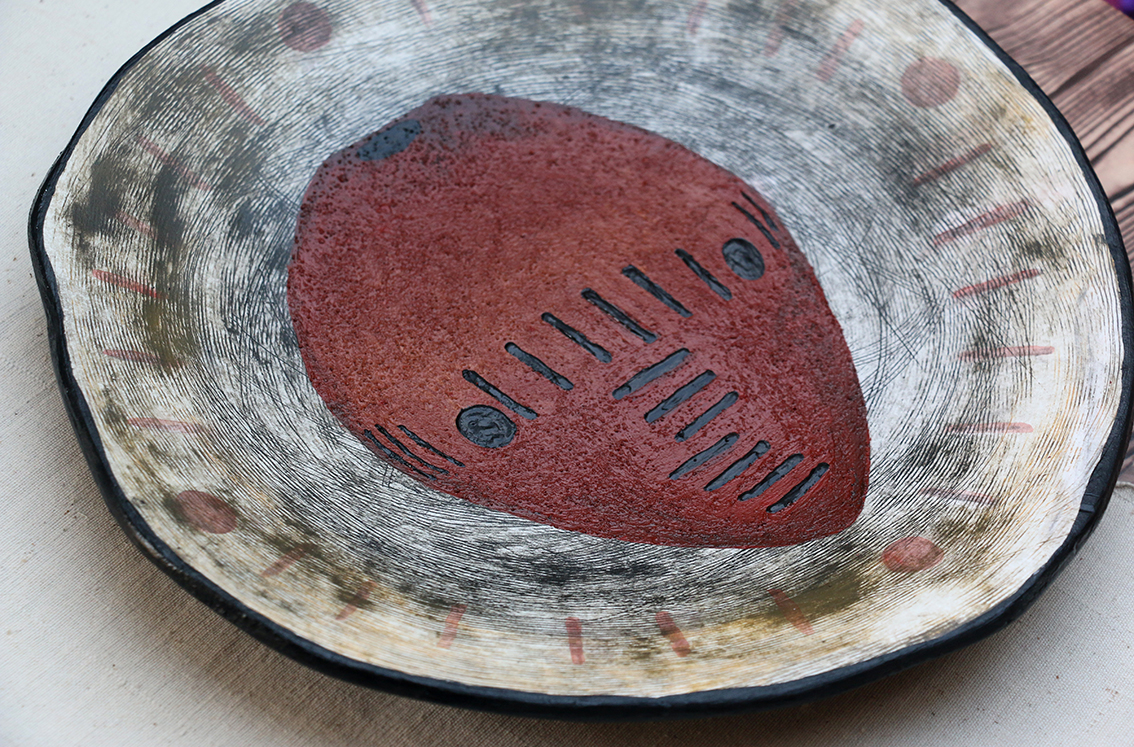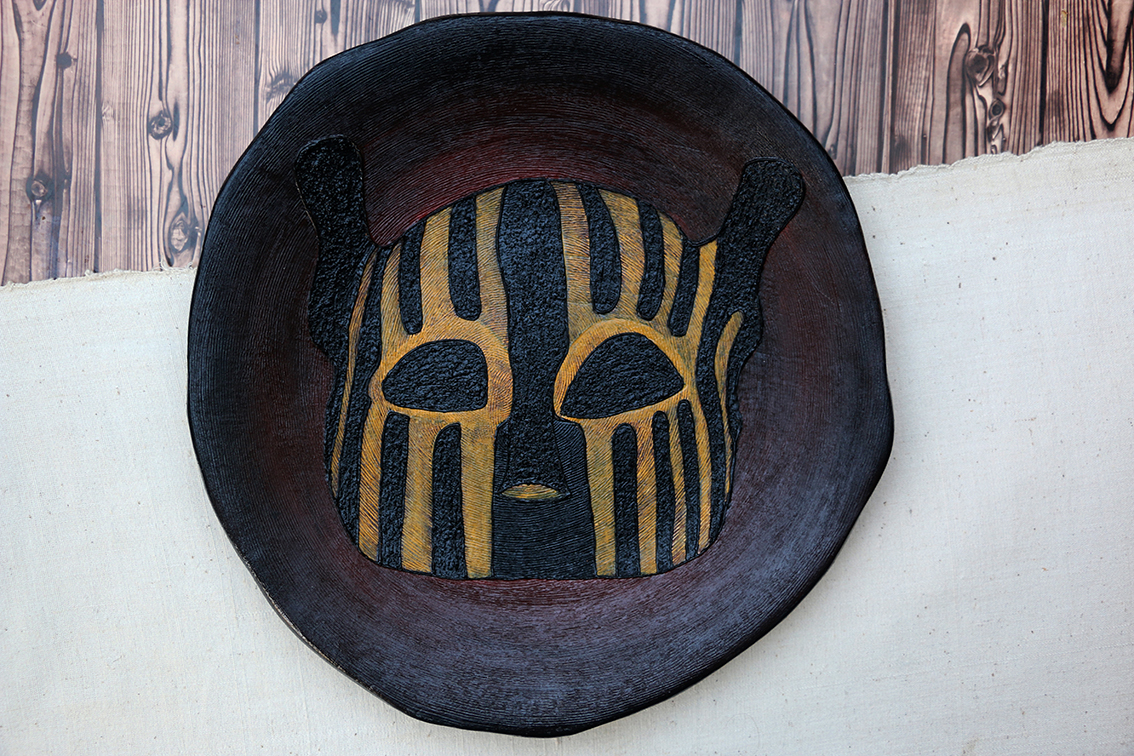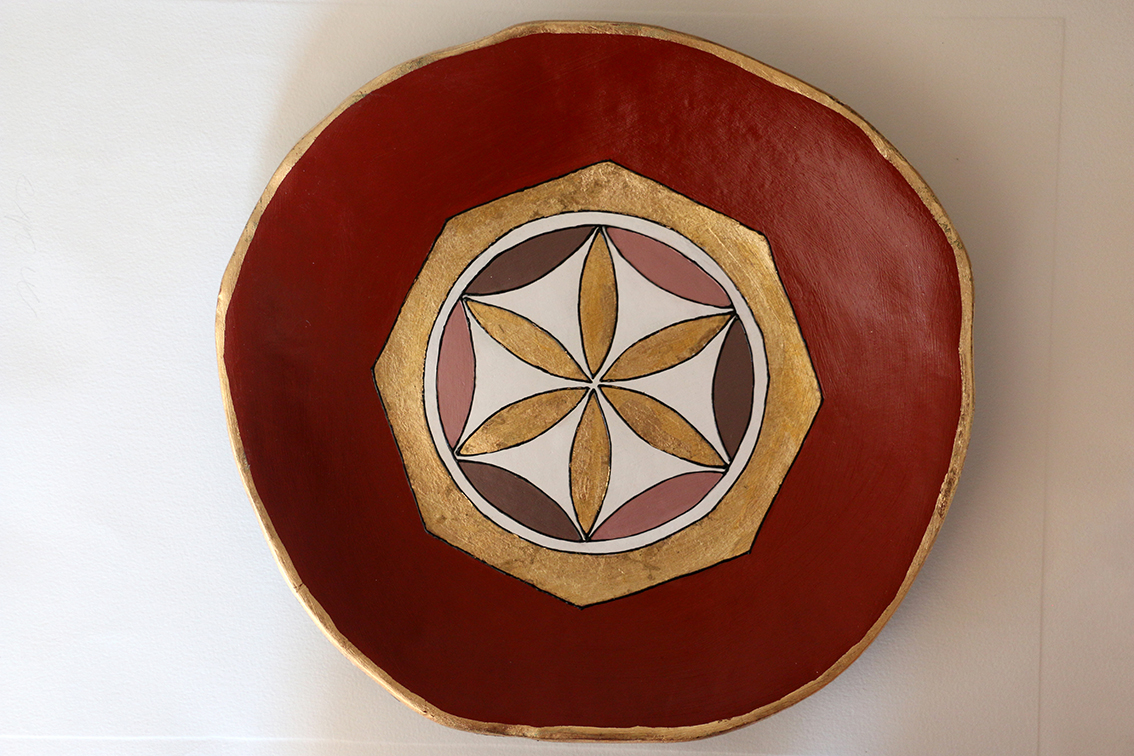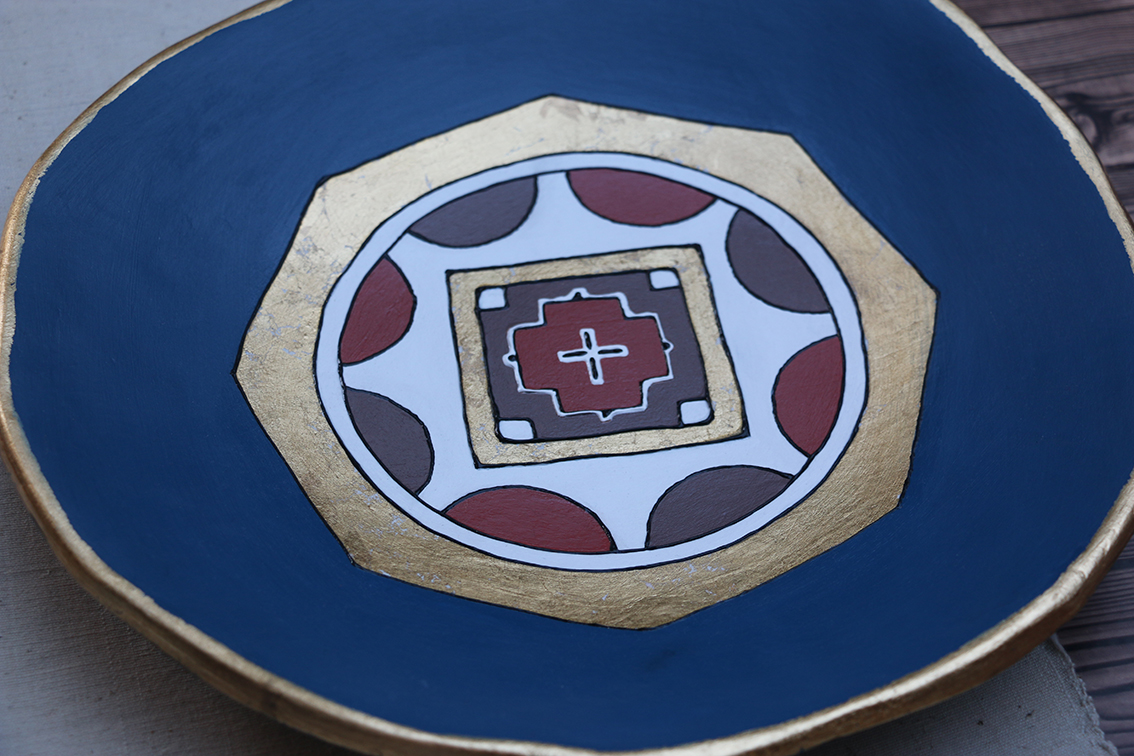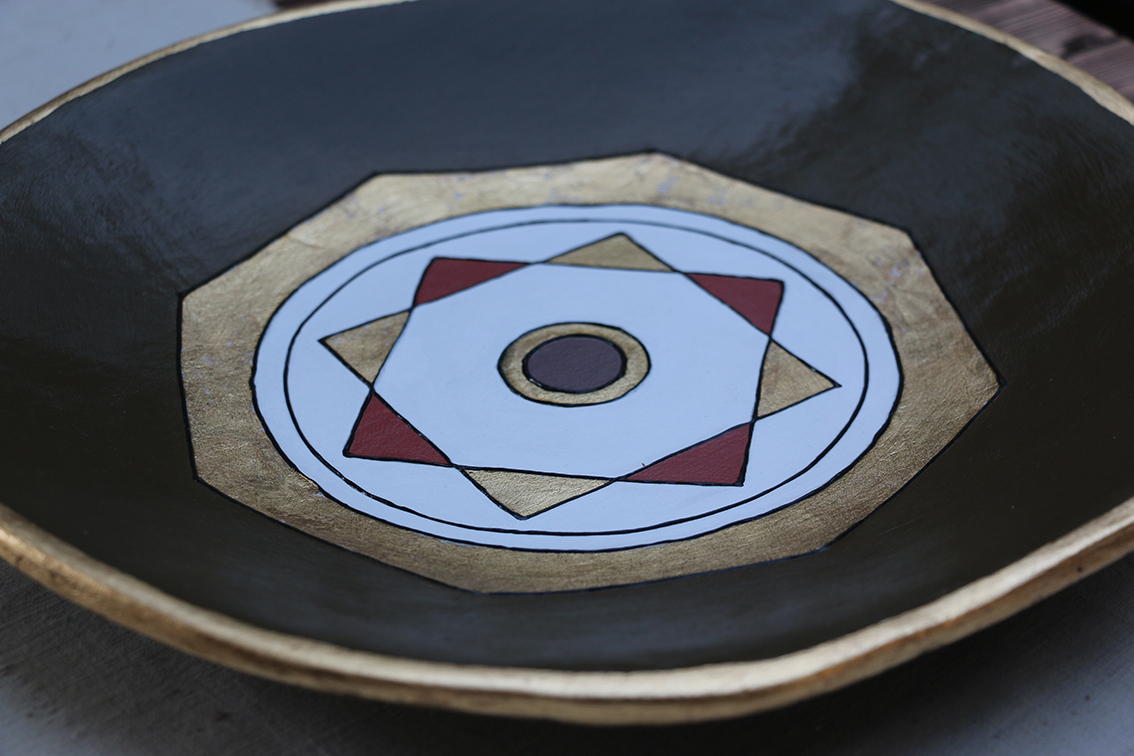ILLYRIAN REVIVAL
The artefacts found in archaeological sites, dating back to prehistoric periods and spanning across the entire territory of the Republic of Kosovo, are evidence of our rich cultural heritage. They serve as guides to the way of life, customs, beliefs, and religious rituals, as well as the development of inhabitants throughout various historical periods, namely the Illyrians/Dardanians and their descendants.
Archaeological research in the Kosovo region began in a modest form around the 1930s, intensifying around the 1950s, 60s, 70s, and 80s when significant archaeological sites such as Novo Bërda, Ulpiana, Tjerrtorja, Glladnica, Hisar, Fafos, and many others were discovered. The archaeological collections of Kosovo were enriched especially through campaigns to raise public awareness, archaeological excavations, and the establishment of the Kosovo Museum in 1949.
Archaeology serves as a bridge connecting the past with the present, along with the Albanian language, they are the most powerful elements for the creation of our national identity and the testimony of our roots. Inspired by the importance of archaeology and the artefacts found for the culture and identity of a people, I felt the desire to create a special collection of clay plates inspired by some of the unique artefacts of my country.
Goddess on the Throne

The Goddess on the Throne is one of the most valuable archaeological artefacts of Kosovo, renowned as a unique example of the Prishtina style. This terracotta figurine was discovered in the city of Prishtina during the 1950s, at the Neolithic site known as Tjerrtorja (in the present-day neighbourhood of Kalabria). The terracotta statue dates back to c. 4th - 3rd millennium BC. The anthropomorphic sculpture depicts a female deity, specifically reflecting the cult of the great mother goddess. The anthropomorphic figurine is presented in a seated position on a throne, upright, with both hands placed on the waist. The head has a pentagonal shape with sharp facial contour features, including a pronounced nose and almond-shaped eyes. A semi-circular diadem adorns the head.
Illyrian Helmet

Illyrian Helmet, along with other typical Illyrian military headwear, was accidentally discovered during the construction of a health resort hotel (Onix) in 1974, at the archaeological site of Banja e Pejës. It belongs to the Iron Age (c. 11th - mid-4th century BC), a period during which iron weapons were produced and widely used in warfare.
This bronze helmet, which in its later styles covered the entire head and neck, was open-faced in all its variations. The helmet is called “Illyrian” based on a large number of helmets coming from Illyria. The “Illyrian” type of helmet does not hinder the senses of sight, although it does hinder the senses of hearing.
Illyrian helmets are typically made of bronze.
The Runner of Prizren

The bronze sculpture known as “The Runner” or “Menada of Prizren” is a very special exhibit, discovered somewhere in Prizren during the second half of the 19th century. The bronze statue has a height of 11.4 cm and may have been an ornamental attachment to a particular decorative vessel. The statue is thought to have been crafted during the archaic period and is dated around 520-500 BC.
The bronze figurine depicts the form of a girl athlete in a running pose, with her body facing forward while looking slightly downwards to her right, holding her dress with her left hand. In fact, she is wearing a short chiton resembling a tunic on one shoulder, while her right breast is exposed, and her hair falls parallel and wavy from behind.
Fibula
The fibula is a decorative pin used to fasten garments. This bronze fibula was discovered in the tumuli of Shiroka, erected during the 8th-6th centuries BC. It belongs to the Iron Age and the Great Bardhi Culture (800-700 BC). The Shiroka tumulus group is located in the village of the same name, approximately 1.5 km south of Suhareka (Theranda). It is a necropolis of the Dardanian tumulus type, constructed with circular grave structures made of river stones and covered with soil. Archaeological excavations have identified a necropolis used and reused during the Bronze Age and up to the late Iron Age. The archaeological finds here reveal a diverse and unique inventory of decorations and ornaments, as well as imported vessels, possibly indicating trade exchanges with the Hellenic world and beyond.
Dardanian Labyrinth
The labyrinth of the ancient period, known as the Dardanian Labyrinth, is depicted on the epigraphic monument dedicated to the Dardanian Goddess of Smira and was discovered in 1988. The monument on both sides contains two identical texts, where the content of the names of Roman consuls, Gentianus and Bassus, enables the accurate dating of the monument to the year 211.
The Dardanian Labyrinth is a closed circular shape, without any visible entrance. A closed circuit without apparent entrances was very rare in antiquity and demonstrates a higher level of philosophical-religious significance by its Dardanian creators. The circular labyrinth consists of three interconnected entities: 1. The central circular composition, 2. The vineyard (upper part), and 3. The Branches of Lerth (lower part). The Branches of Lerth are connected to the prophylactic node, which reinforces the protection of the entrance to the closed circular composition. The central circular composition is quite complex and has various spaces creating 6 swastikas (broken crosses), 3 with straps turned to the left (birth) and 3 with straps turned to the right (death). The entire composition presents the continuous cycle of life (life-death-rebirth). At the centre of the composition is a hemisphere divided into three parts where only one entrance is found. The main purpose of the journey through the labyrinth is to reach the centre, as in many other labyrinths, where the Sun is found.
Ocarina
The ocarina is a wind musical instrument crafted from clay. Archaeological excavations at the Runik site unearthed numerous artifacts, including a very rare small musical instrument made of clay in the form of a double-chambered vessel. This musical instrument contains a hole in the top and two side holes (2+1) with a height of 8 cm and a width of about 5 cm. The two side holes have a diameter of 8 mm, while the top hole is about 10 mm in diameter.
This musical instrument illustrates the ancient prehistoric culture of musical art, the adoption of melody, and the relationship of prehistoric humans with music. This designation is associated with a similar Italian musical instrument from the 19th century crafted by Giuseppe Donati, from the province of Bologna, Italy, who became famous for his works of various-sized wind ocarinas.
This musical instrument is related to other pre-musical clay or ceramic instruments used to produce flute-like sounds. This is also evidenced by ancient authors who mention that the Dardanians used a flute-like instrument in their festivities and celebrations.
In the Bolognese dialect, “ocarina” means “little goose.” The sound of this musical instrument resembles the soft tone of the flute.
Prosopomorphic Lid
This prosopomorphic lid from the late Neolithic period (5th-4th millennium BC) belongs to the Vinča culture. It was discovered during the 1950s at the archaeological site known as Fafos, on the outskirts of Mitrovica, in the area of the former phosphate factory (FAFOS). The lid is made of fired clay, has a height of 16 cm, and is stylized with artistic motifs and exquisite ornamentation.
It has a cylindrical shape and is characterized by openwork patterns resembling horns, a formed nose, prominent eyes, and various decorations. This type of lid is assumed to have had a dual function. It was used as a cover for cylindrical-necked amphorae. Its other, and much more important, function was to protect the contents of the vessel from evil spells and unknown forces. The most expressive details on the face are the eyes, known as “mystical eyes,” which attract special attention. It is a widespread belief that eyes are the “mirror of the human soul” and that they can also be harmful and capable of performing magic. They often have the power to ward off dark magic forces from individuals or communities, thus serving an apotropaic function. Additionally, eyes have the power of continuous observation, vigilance, control, and monitoring of human behaviour, thus influencing their beliefs.
Finally, prosopomorphic lids can represent a mask with magical powers to protect ordinary human beings or magicians from the unlimited energy of the deity before whom they appear. As such, they cannot be considered in isolation from the sculptures, altars, and cult objects of the Vinça culture, as they are all linked to religious rituals and the beliefs of prehistoric communities.
Mosaic of Dërsnik
The Lower Dërsnik (Dresnik) Village is located on the left bank of the upper Drin River valley and east of the city of Klina in the Dukagjin Plain in Kosovo. The area of Lower Dërsnik is called “Gradina” or “Qyteza,” terms that identify a fortified town. The archaeological monument discovered is situated 1832 meters away from the White Drin River and extends along the western slope of a gentle hill, where it meets the valley. Both the hill and the surrounding fields are highly fertile and suitable for cultivating agricultural crops, as well as for livestock farming.
The first archaeological excavations at the archaeological site ‘Qyteza’ in Dërsnik were conducted in 2012. During this excavation, four squares were opened, revealing a small portion of the monument and the mosaic floor with geometric figures dominated by yellow, red, white, and grey colours. The mosaic technique used is opus tessellatum, belonging to the Roman Period, 2nd-4th century AD. Opus tessellatum is a technique involving the use of “tesserae,” small cubes of stone or marble (or other strong materials), of uniform size, applied to the ground – floor, to create decorative designs.
